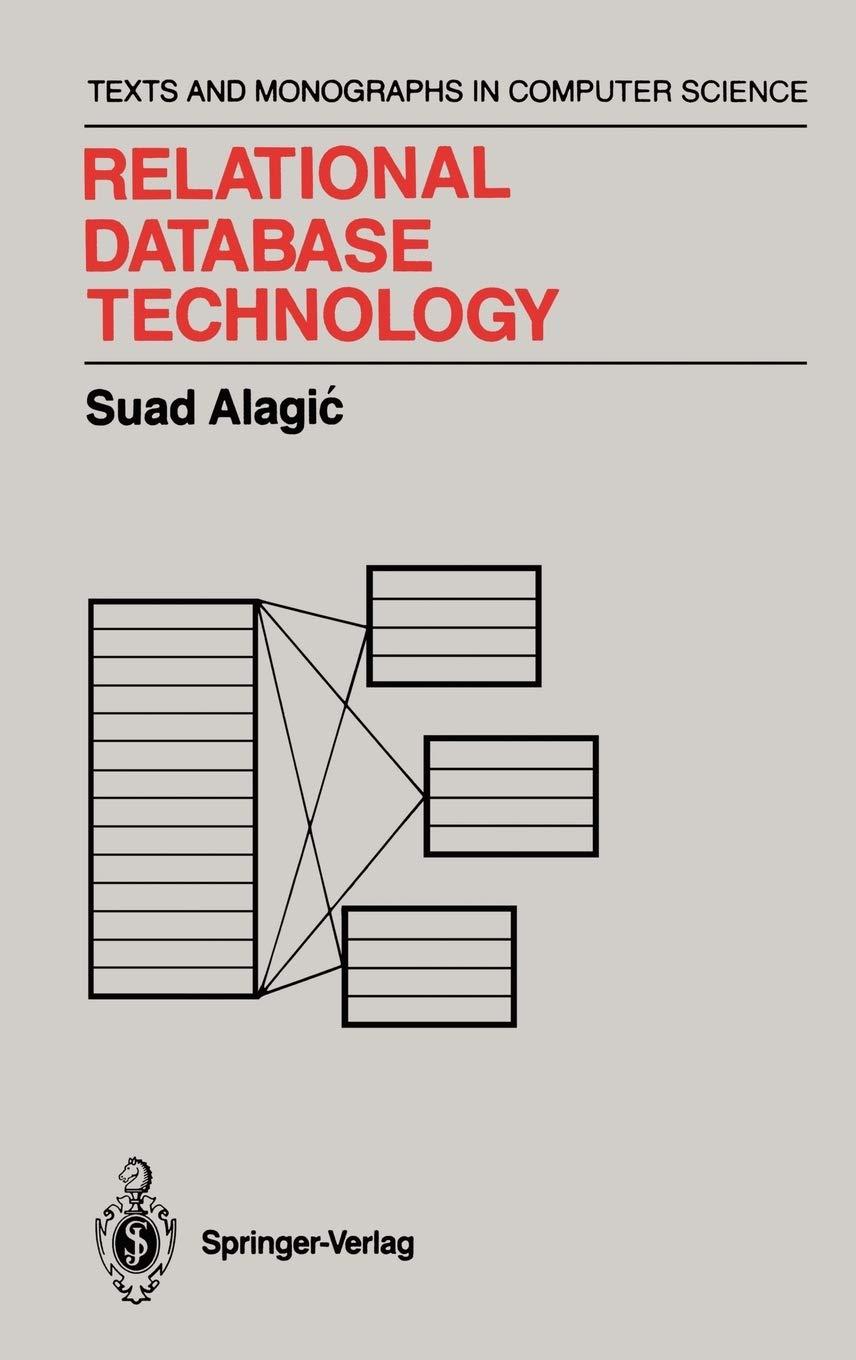Question
2.7. The following problems explore number conversions from signed and unsigned binary number to decimal numbers. a. 1010 1101 0001 0000 0000 0000 0000 0010two
2.7. The following problems explore number conversions from signed and unsigned binary number to decimal numbers.
| a. | 1010 1101 0001 0000 0000 0000 0000 0010two |
| b. | 1111 1111 1111 1111 1011 0011 0101 0011two |
2.7.1 For the patterns above, what base 10 number does it represent, assuming that it is a twos complement integer?
2.7.2 For the patterns above, what base 10 number does it represent, assuming that it is an unsigned integer?
2.7.3 For the patterns above, what hexadecimal number does it represent? The following problems explore number conversions from decimal to signed and unsigned binary numbers.
| a. | 2147483647ten |
| b. | 1000ten |
2.7.4 For the base ten numbers above, convert to 2s complement binary.
2.7.5 For the base ten numbers above, convert to 2s complement hexadecimal.
2.7.6 For the base ten numbers above, convert the negated values from the table to 2s complement hexadecimal.
Step by Step Solution
There are 3 Steps involved in it
Step: 1

Get Instant Access to Expert-Tailored Solutions
See step-by-step solutions with expert insights and AI powered tools for academic success
Step: 2

Step: 3

Ace Your Homework with AI
Get the answers you need in no time with our AI-driven, step-by-step assistance
Get Started


